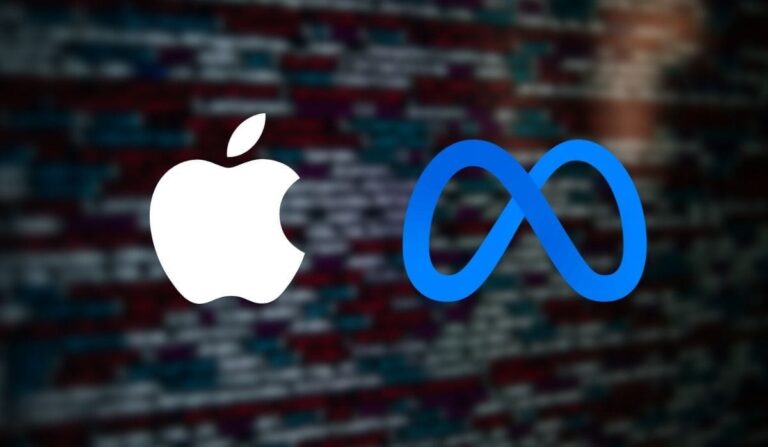
Quantum mechanics, a field that both mystifies and excites scientists and laypeople alike, rests on several counterintuitive principles that challenge our classical understanding of the world. Here, we expand on the core principles with more depth, exploring their implications and applications.
1. Superposition: Beyond Binary
Superposition is not merely about being in multiple states but reflects the very nature of quantum existence. A particle in superposition does not have a definite state but exists as a probability distribution of all possible states. This is best illustrated by the famous Schrödinger’s cat thought experiment, where the cat inside a box is both alive and dead until observed. In quantum computing, this translates to qubits which, unlike classical bits, can be both 0 and 1 simultaneously. This allows quantum computers to perform multiple calculations at once, offering exponential increases in processing power for certain tasks like factoring large numbers or simulating molecular structures for drug discovery.
2. Entanglement: The Quantum Link
Entanglement goes beyond simple correlation. When two particles are entangled, the quantum state of each particle cannot be described independently, even when separated by vast distances. This phenomenon has profound implications:
- Quantum Communication: Entanglement is the key to quantum cryptography. If someone tries to intercept the quantum key, the entanglement breaks, alerting the parties involved.
- Quantum Teleportation: Not the sci-fi teleportation of objects, but the transfer of quantum states from one particle to another, which could revolutionize how information is sent across quantum networks.
The challenge, however, lies in maintaining entanglement over distances, as interactions with the environment tend to break this delicate state.
3. Decoherence: The Fragility of Quantum States
Decoherence is both a fundamental concept and a significant hurdle in quantum technology. It’s the bridge between the quantum and classical worlds:
- Quantum Error Correction: Since quantum states are incredibly sensitive, any interaction with the environment (like heat, electromagnetic waves) can cause errors. Developing methods to correct these errors without collapsing the quantum state is crucial for practical quantum computing.
- Observation and Measurement: Decoherence explains why measurement affects a quantum system. When we measure a quantum particle, we inadvertently cause it to interact with the measuring device, leading to a collapse of its superposition into one observable state.
Understanding decoherence helps in designing better quantum computers that can maintain coherence for longer periods, thus performing more complex calculations.
4. Interference: Manipulating Probabilities
Quantum interference is where the probabilistic nature of quantum mechanics truly shines:
- Quantum Algorithms: The famous Grover’s and Shor’s algorithms utilize interference to amplify the probabilities of correct answers while diminishing incorrect ones. This is how quantum computers could potentially search unsorted databases or break encryption much faster than classical computers.
- Double-Slit Experiment: This classic experiment demonstrates interference beautifully. Particles like electrons pass through two slits and create an interference pattern on a screen, behaving as both particles and waves. Here, interference not only alters where particles land but also demonstrates the wave-like properties of matter at the quantum scale.
Expanding the Quantum Horizon
Each of these principles does not stand alone but interacts in complex ways to define the behavior of quantum systems. They form the foundation upon which future technologies are being built:
- Quantum Sensing: Using quantum superposition and entanglement to develop sensors with unprecedented sensitivity, potentially revolutionizing fields from medical imaging to gravitational wave detection.
- Quantum Materials: Materials that exhibit quantum properties at room temperature could lead to new electronic devices with capabilities far beyond current technology.
As we delve deeper into these principles, we’re not just advancing technology but also our understanding of reality itself. Quantum mechanics doesn’t just challenge our intuition; it invites us to rethink the fabric of existence, where possibilities are endless, and reality is far stranger and more interconnected than classical physics could ever predict.






